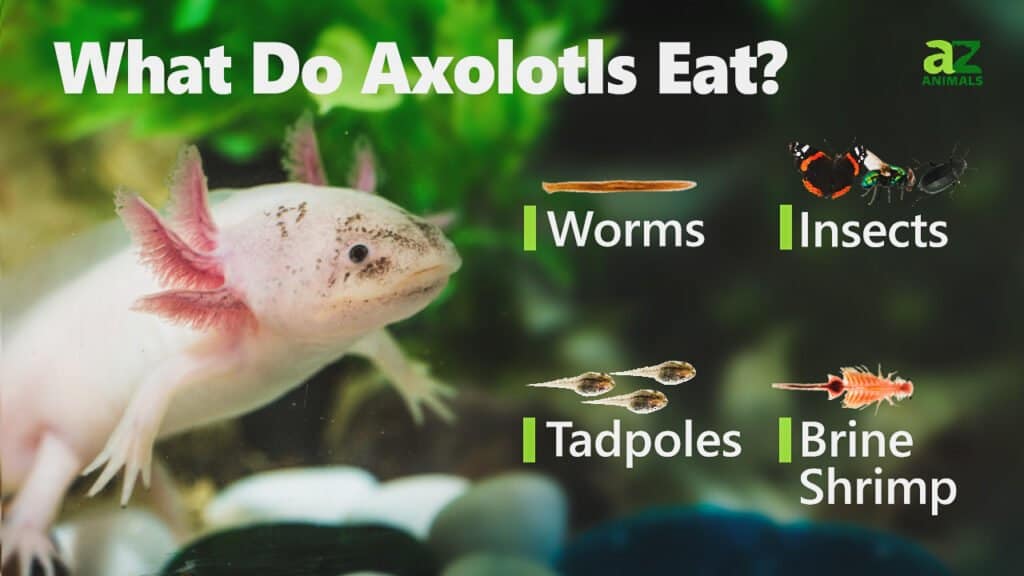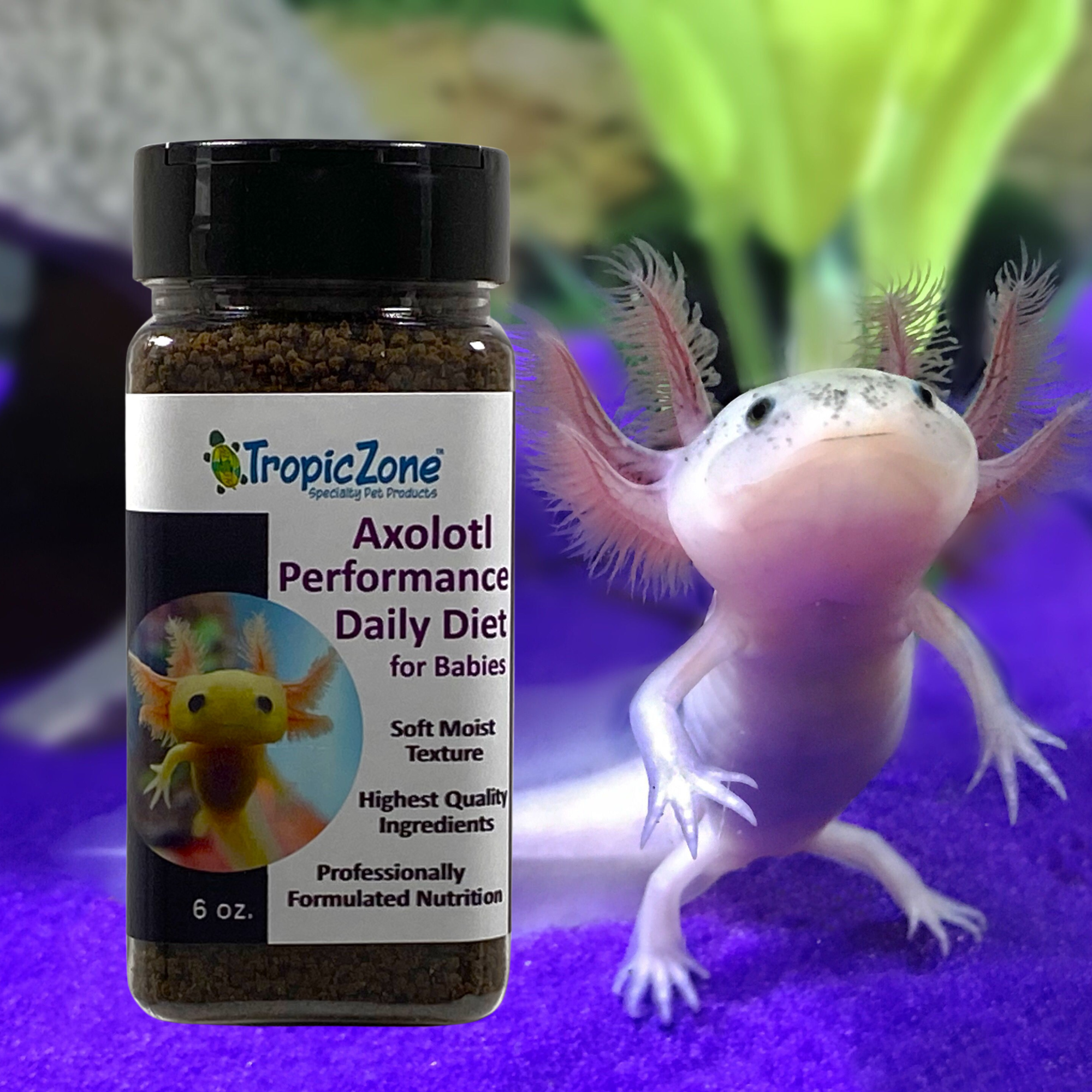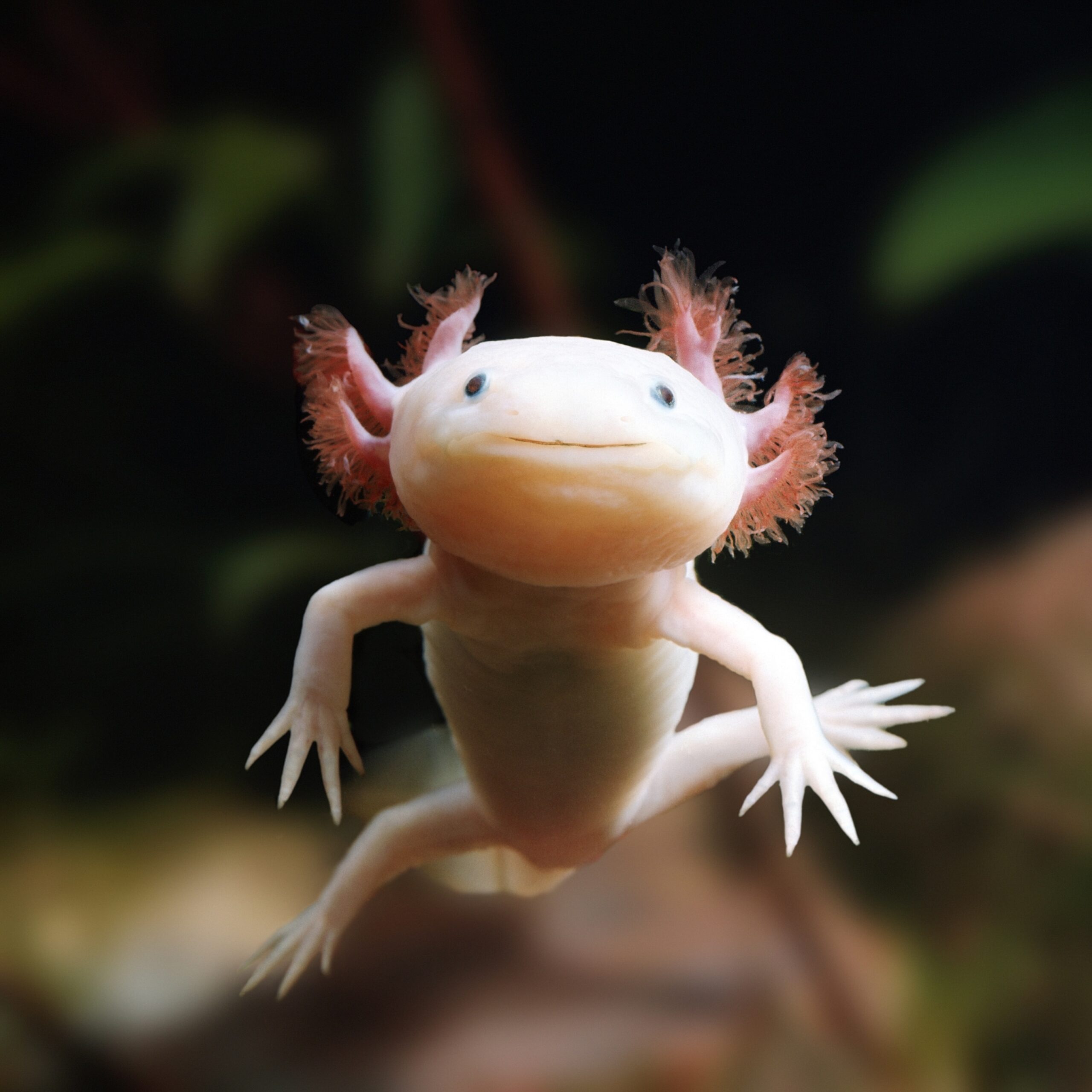Essential Guide to Axolotl Diet: Best Foods for Healthy Growth in 2025
Understanding the axolotl diet is crucial for anyone looking to sustain these remarkable creatures. An appropriate axolotl food regimen will not only cater to their nutritional needs but also ensure healthy growth and vitality. This guide elaborates on what to feed axolotls, including the best food types, feeding habits, and tips for providing a balanced diet.

Choosing the Right Axolotl Food
Selecting the optimal axolotl food is fundamental for maintaining their health and growth. The diet for these amphibians should primarily consist of high-quality protein sources, as axolotls are primarily carnivorous. **Live food for axolotls** like earthworms, insects, and small fish can provide essential nutrients and stimulate natural hunting behaviors. Additionally, frozen food for axolotls such as bloodworms and brine shrimp can be convenient and nutritionally adequate.
Understanding Axolotl Nutritional Needs
When considering what do axolotls eat, it’s essential to recognize their nutritional needs. Axolotls require a protein-rich diet to foster healthy growth and optimal organ function. Generally, a diet that includes 40-60% protein is ideal, depending on their age. For younger axolotls, high protein content is critical for their rapid growth, while adults can thrive on a slightly less protein-focused diet. Therefore, picking the right food is vital for maintaining their health and wellbeing.
Common Axolotl Food Types
When exploring **axolotl food options**, you will find various types suited to their dietary requirements. Commercial axolotl food is readily available and often contains the essential nutrients needed for their care. Some popular options include pelleted food designed specifically for axolotls, live black worms, and high-quality frozen foods. Ensure these options also contain essential vitamins and minerals, as they play a significant role in their overall growth and metabolic functions.
Addressing Dietary Preferences
Understanding axolotl food preferences helps create a feeding plan that they will enjoy and benefit from. Some axolotls exhibit strong preferences for live food, while others may readily accept high-quality pellets. Experimenting with different food types can help determine your axolotl’s favorite options while ensuring they receive balanced nutrition. Incorporating variety not only helps meet their dietary needs but also keeps feeding time interesting for your pet!
Feeding Schedule and Habits
Establishing an appropriate axolotl feeding schedule is crucial. Depending on the age and size of your axolotl, the feeding frequency can vary. Baby axolotls require feeding more frequently, about 1-2 times per day, whereas adult axolotls benefit from being fed 2-3 times a week. Consistency is key in the axolotl care routine, as irregular feeding can lead to issues like obesity or malnourishment.
Axolotl Feeding Behavior and Patterns
Observing your axolotl’s feeding behavior can be insightful. Axolotls are known to be opportunistic feeders; they will hunt food actively if it’s in motion or mimics prey. Watching their eating patterns helps assess their health. If your axolotl is uninterested in food or eating erratically, it may indicate an underlying health issue or dietary dissatisfaction. Maintaining a keen eye on their habits can help catch these problems early.
Best Practices for Feeding
Here are some axolotl feeding tips to enhance their health and wellbeing:
1. **Rinse frozen food**: Before serves, always rinse frozen food to remove any additives.
2. **Maintain water quality**: Uneaten food can pollute the aquarium, so monitor and keep the tank clean to ensure a safe environment.
3. **Follow a feeding schedule**: Stick to a regular feeding schedule to promote stability.
4. **Avoid overfeeding**: Align food portions with their size; overfeeding can lead to obesity and other health complications.
Avoiding Common Feeding Mistakes
There are common axolotl feeding mistakes that owners should be conscious of. Feeding them food too large to consume easily can lead to choking or digestive problems. Moreover, certain **commercial axolotl food** options may not be appropriate; avoid over-relying on fish food, as it might not meet the specific nutritional requirements axolotls have. Always do necessary research on food types to mitigate these risks.
Health and Nutrition
Maintaining axolotl health hinges significantly on their nutrition. Poor diet can lead to various health problems, such as malnutrition and susceptibility to diseases. Regular visits to a vet specializing in amphibians can help ensure your axolotl is thriving, focusing on their specific nutritional needs and health assessments. Likewise, always pay attention to noticeable changes in behavior that might indicate a health issue.
Signs of Malnourishment
Recognizing the signs of malnourished axolotls is essential in early detection of health issues. Common symptoms can include loss of appetite, weight loss, lethargy, and abnormal body positioning. Upon noticing any of these signs, re-evaluate their feeding schedule and food types. If issues persist, consulting an aquatic veterinarian is advisable for a comprehensive health evaluation.
The Importance of Supplementation
Including axolotl supplements in their nutrition can boost their dietary intake. Some axolotls may require additional calcium or vitamin supplementation to support healthy bone growth and metabolic functions. Products specifically designed for axolotls are available; however, appropriate application should be based on existing dietary assessment and veterinarian recommendations.
Custom Diet Plans for Axolotls
Creating homemade axolotl food is an option for experienced owners. Homemade recipes may allow for tailored nutrition, ensuring a balance of protein and vitamins suited to your axolotl’s needs. For example, a mixture of high-quality fish or shrimp combined with essential vitamins can be molded into appropriate sizes for feeding. Always introduce any new food gradually to avoid upsetting their digestive underpins.
Key Takeaways
- Provide a balanced diet focusing on high-protein sources to ensure optimal growth and health.
- Establish a regular feeding schedule tailored to your axolotl’s age and size.
- Avoid common feeding mistakes to maintain the overall health of your axolotl.
- Be attentive to signs of malnourishment and make necessary dietary adjustments promptly.
- Supplement their diet strategically to fill any nutritional gaps.
FAQ
1. What do axolotls eat when they are babies?
Baby axolotls typically require smaller, more frequent meals, primarily consisting of live food options, like baby brine shrimp and finely chopped earthworms. To ensure their growth, aim to feed them 1-2 times daily while ensuring their meals are appropriate for their small size. As they mature, gradually introduce larger food types to accommodate their increasing size. **Feeding baby axolotls** promptly helps promote healthy dietary habits.
2. How often should I feed my adult axolotl?
Adult axolotls can be fed 2-3 times per week, while offering high-quality food options consistently. Portions should be enough to be consumed in one sitting, avoiding leftover food to reduce tank pollution. Always adjust based on their appearance and health,; **maintaining a balanced diet for axolotls** is essential for their health and longevity.
3. Can axolotls eat fish food?
While axolotls can eat some types of fish food, it should not be their main dietary source. Fish flakes or pellets may lack the essential nutrients axolotls need. It’s important to provide a well-rounded diet focusing on protein and avoiding over-reliance on fish-based meals to maintain their health.
4. How do I know if my axolotl is obese?
Signs of **axolotl obesity** include a rounded abdomen and lethargy or decreased movement. Monitoring their weight and feeding practices can help prevent incidents of obesity. Managing portions of food and maintaining a balanced feeding schedule are critical, as excess weight can lead to long-term health problems.
5. Can I prepare homemade food for my axolotl?
Yes, you can prepare **homemade axolotl food**. Ingredients like fish, shrimp, and certain vitamins can be combined to create nutrient-rich meals personalized for your axolotl’s needs. Make sure to research safe and nourishing ingredients and introduce new foods gradually to prevent any digestive issues.

